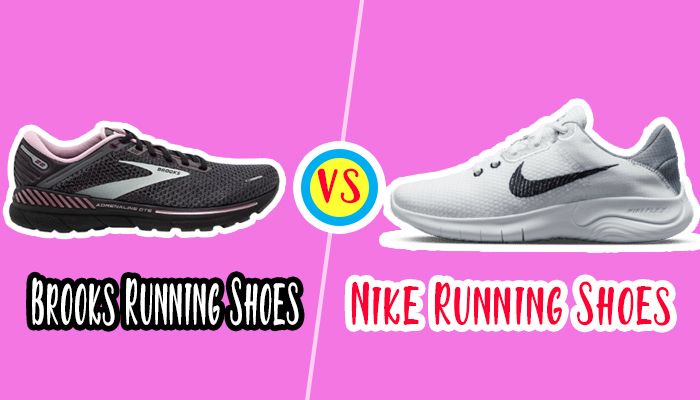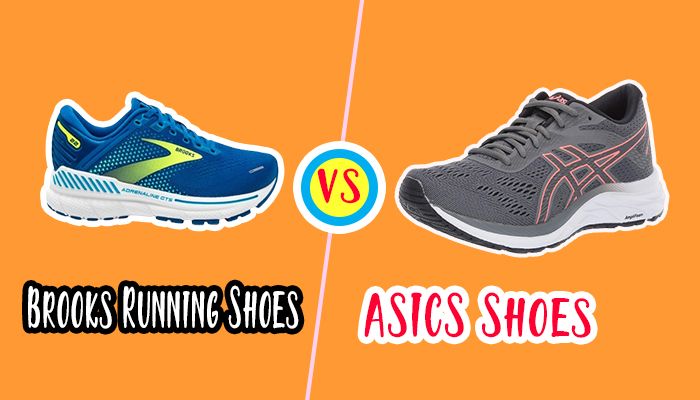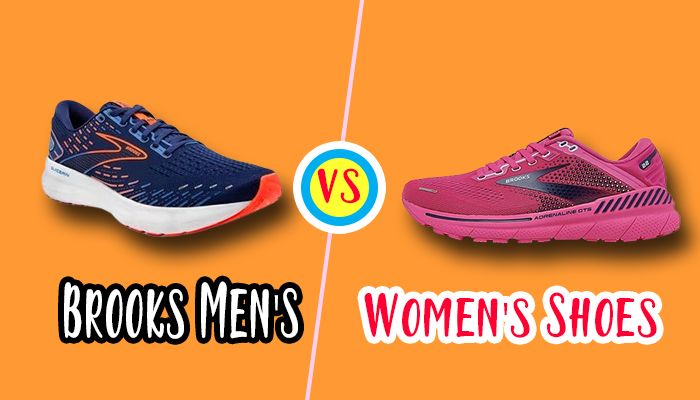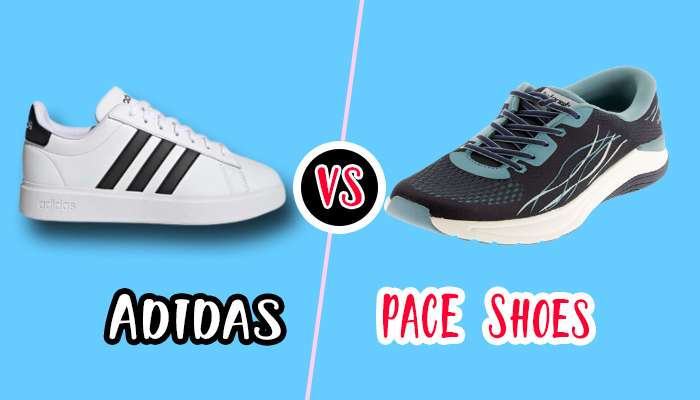Ballet Shoes vs Jazz Shoes | Perfect Dance Shoes
As someone who has been immersed in the world of dance for over three years, I understand the importance of choosing the right footwear. Whether you’re a seasoned dancer or just starting your journey, choosing between ballet shoes and jazz shoes can be perplexing.
In this blog post, I will highlight the key differences between these two dance shoe options, helping you make an informed decision. You should also check this out- Ballet Shoes vs Flats.
Ballet Shoes vs Jazz Shoes
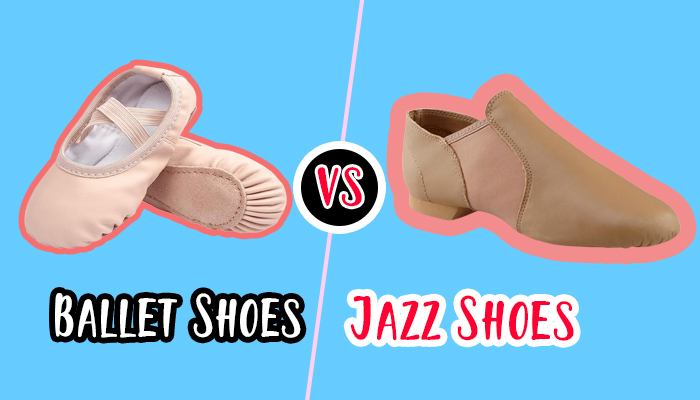
Let’s start by delving into the primary distinctions between ballet and jazz shoes.
1. The Aesthetic Appeal
Ballet shoes, often referred to as ballet slippers, are renowned for their graceful and elegant appearance. These shoes are typically crafted from soft, supple leather or canvas, hugging your feet like a second skin. Their streamlined design complements the aesthetic of classical ballet, making them an essential choice for ballet dancers.
Read Also: Altos vs Regular Peloton Shoes
On the other hand, jazz shoes exude a more contemporary vibe. They come in various styles, including slip-on and lace-up, and are often made of leather or synthetic materials. Jazz shoes prioritize flexibility and comfort, perfect for dancers who engage in the fluid movements of jazz and modern dance styles.
2. The Sole Difference
One of the most critical distinctions between ballet and jazz shoes lies in their soles.
Ballet Shoes: These shoes boast a split sole, meaning the sole is divided into two parts, one under the ball of the foot and the other under the heel. This design allows for maximum flexibility, which is crucial for executing the intricate footwork of ballet. Additionally, the split sole accentuates the arch of the foot, enhancing the aesthetic appeal and emphasizing the dancer’s arch.
Jazz Shoes: Jazz shoes, in contrast, feature a full sole. This provides added support and stability, making them an excellent choice for dancers who need to execute quick and intricate movements. The full sole ensures that the foot maintains contact with the floor, offering a strong connection that is essential for jazz and contemporary dance forms.
Read More difference between- Basketball Shoes vs Tennis Shoes.
3. A Comfortable Fit
Both ballet and jazz shoes require a snug and comfortable fit to ensure optimal performance. When choosing ballet shoes, it’s essential to remember that they should fit like a glove. The snugness helps in articulating each movement of your feet. Jazz shoes also require a comfortable fit and may allow a tad more room for the toes, providing a balance between comfort and precision.
| Feature | Ballet Shoes | Jazz Shoes |
|---|---|---|
| Sole | Suede or leather | Rubber or suede |
| Heel | None | Small rubber heel |
| Flexibility | Extremely flexible | Less flexible |
| Support | Minimal support | More support |
| Grip | Low grip | High grip |
| Usage | Ballet | Jazz, musical theater, hip hop |
| Color | Traditionally white or pink | Black, nude, or brown |
| Style | Pointed, split-sole, or full-sole | Lace-up, slip-on, or boot |
| Suitable for | Dancers of all levels | Dancers of all levels |
When to Choose Ballet Shoes?
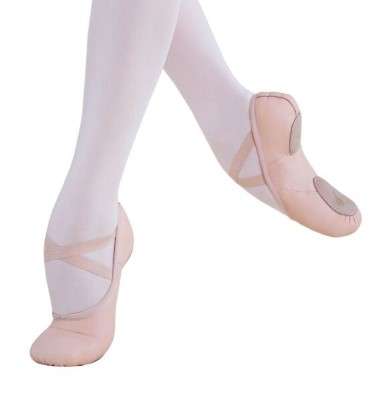
Ballet shoes are the go-to choice in the following scenarios:
1. Ballet Enthusiasts
If you’re passionate about classical ballet, you should choose ballet shoes. Their design is tailor-made for the grace and precision required in this dance form. Ballet shoes provide an excellent range of motion, allowing you to point your toes to perfection and achieve that quintessential ballet posture.
Related Post: Basketball Shoes VS Running Shoes
2. For Ballet Classes
If you’re attending ballet classes, your instructor will most likely recommend or require you to wear ballet shoes. These shoes are essential for practising and mastering ballet techniques effectively.
3. Pointe Work
For those who have reached an advanced level in ballet and are ready to embark on pointe work, ballet shoes are absolutely necessary. They provide the required support for dancers to go en pointe without compromising on comfort and safety.
When to Choose Jazz Shoes?
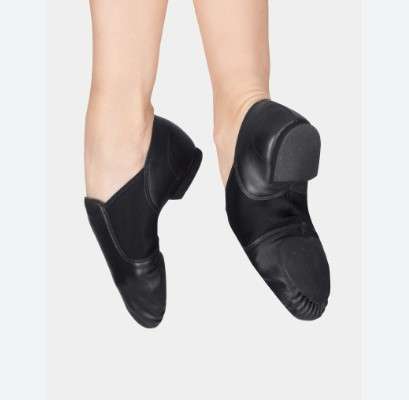
Jazz shoes, on the other hand, are the preferred choice in the following circumstances:
1. Jazz and Contemporary Dance
If your heart beats for jazz or contemporary dance, jazz shoes are your ideal companion. Their full sole offers the stability you need for spins, slides, and swift footwork, ensuring you can precisely execute those complex moves.
2. Versatility
Jazz shoes are versatile, making them great for dancers who dabble in various dance styles. They provide the flexibility required for jazz, while their comfort and support make them suitable for other dance forms as well.
3. Dance Classes
For dance classes encompassing multiple styles, jazz shoes are a practical choice. They’ll allow you to transition seamlessly from one form to another without changing your footwear constantly.
How to Properly Fit Dance Shoes?
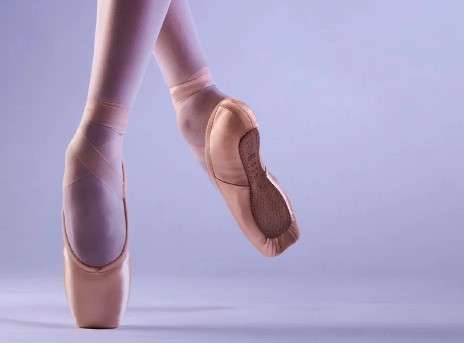
The right fit is paramount for dance shoes, whether it’s ballet or jazz. Here’s how you can ensure a proper fit:
- Consult a Professional: If you’re uncertain about your shoe size or the specific requirements for your dance style, consult a professional. They can accurately measure your feet and guide the right shoe for you.
- Consider Elastic and Drawstrings: Ballet shoes often come with elastic straps or drawstrings that can be adjusted for a custom fit. Ensure that these are snug but not constricting.
- Room for Toes: While ballet shoes should fit snugly, ensure there’s a little room for your toes to move. They shouldn’t be cramped or curled.
- Ankle Support: The fit around the ankle is crucial for jazz shoes. The shoe should provide ample support without being too tight.
- Test for Flexibility: When trying on jazz shoes, test their flexibility by pointing and flexing your foot. You should feel comfortable and supported during these movements.
Conclusion
In the world of dance, choosing the right shoes can make all the difference in your performance and comfort. Whether you’re drawn to ballet’s elegance or jazz’s fluidity, selecting the appropriate footwear is crucial.
I hope this blog post has clarified the key differences between ballet and jazz shoes, helping you make an informed decision for your dance journey.
If you have any dance-related tips, experiences, or stories, feel free to comment below. We’d love to hear about your journey in the world of dance and any insights you have on choosing the right dance shoes.
